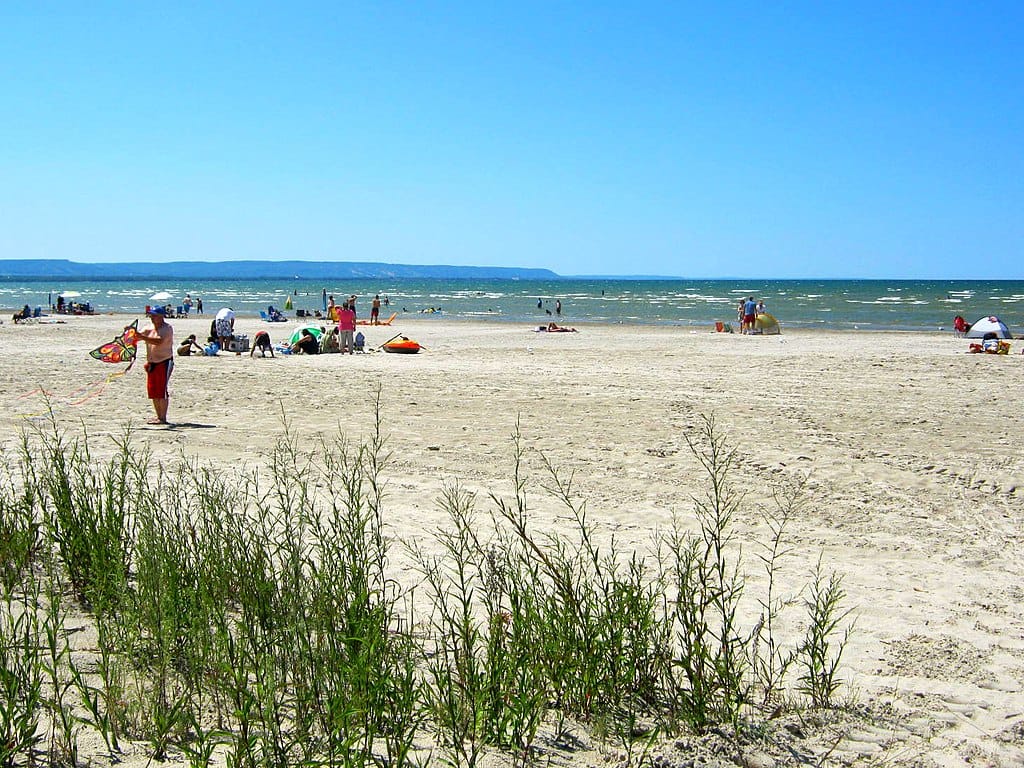The Ontario government is moving forward with plans that would remove approximately 60% of the shoreline from Wasaga Beach Provincial Park, transferring nearly 60 hectares of protected land to the Town of Wasaga Beach for tourism development.
The proposal, posted on Ontario's Environmental Registry in late June, would see Beach Area 1, Beach Area 2, New Wasaga Beach, and Allenwood Beach removed from provincial park protection. The plan is part of Premier Doug Ford's $38 million "Destination Wasaga" investment announced in May, aimed at revitalizing the area as a year-round tourism destination.
A Popular Destination at Stake
Wasaga Beach holds the distinction of being Ontario's most visited provincial park in three of the last four years for which data is available, and according to 2023 figures, it ranks as the province's second most-visited park overall. The beach stretches along Georgian Bay and is known as the world's longest freshwater beach.

"Our vision is and always has been to become a year-round destination here in Wasaga Beach that celebrates the longest freshwater beach in the world, but also the entire ecosystem here," Wasaga Beach Mayor Brian Smith told CBC Toronto.
Environmental Concerns Mount
The proposed land transfer has sparked significant opposition from environmental groups, who point to the ecological importance of the areas slated for removal. The affected lands include critical habitat for the piping plover, a species listed as endangered under both federal and provincial legislation.
"Provincial parks are meant to be protected and managed to maintain their ecological integrity, and they're dedicated to the people of Ontario," said Tim Gray, executive director of Environmental Defence to CBC Toronto.
"They're meant to be protected forever."
Beyond wildlife habitat, the shoreline areas contain mature sand dunes that serve important ecological functions. These natural formations act as protective barriers against storms and high water events, providing flood mitigation for adjacent areas—a function that becomes increasingly important as climate patterns change.
The lands proposed for transfer also include significant vegetation communities, provincially significant wetlands, and "The Point" located in Beach Area 1, which is designated as a provincially significant earth science Area of Natural and Scientific Interest.
Legislative Changes in the Works
What has particularly concerned environmental advocates is that the province isn't simply following existing procedures for park land disposal. Instead, the government is proposing amendments to the Provincial Parks and Conservation Reserves Act itself.
Under current law, disposing of park lands greater than 50 hectares or one percent of a park's total area requires the Minister to report to the Legislative Assembly, table proposed new boundaries, and obtain Assembly endorsement of those changes.
A spokesperson for Ontario's Ministry of Environment denied broader implications, stating that "no other changes are being considered beyond those included in the Environmental Registry of Ontario."
What's Next
The province is currently accepting public feedback on the proposal through Ontario's Environmental Registry. Environmental groups are encouraging concerned citizens to contact their MPPs, as any legislative changes will require votes in the provincial legislature and committee review.

The proposed changes come amid broader concerns about the Ford government's approach to environmental protection, including the recent passage of Bill 5, which scaled back certain species-at-risk protections and made it easier for the government to exempt projects from environmental regulations.
For the hundreds of thousands of Ontarians who visit Wasaga Beach annually, the outcome of this proposal could significantly alter one of the province's most beloved recreational destinations.
Whether the final result will successfully balance tourism development with the conservation values that provincial parks are meant to embody remains to be seen.






Join the Conversation